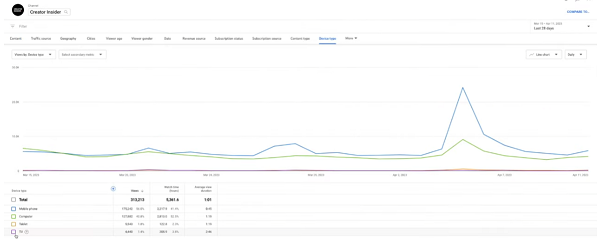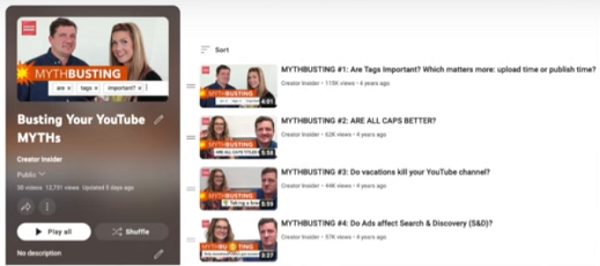Connected TV is the fastest growing viewer segment for YouTube, with more and more people now looking to consume YouTube content on their home TV set.
That presents a unique opportunity for creators and advertisers to align with more traditional, and more embedded viewer engagement processes – but in order to make the most of the bigger screen format, you need to consider how your content appears to TV viewers, and what you can do to optimize for it.
And this week, YouTube has provided some new tips on exactly that, with YouTube’s Creator Insider channel outlining five key notes to consider when creating content with Connected TV viewing in mind.
First off, YouTube says that you should be looking to upload your content in 4k.
“TVs are a great way to show every pixel of your best content. YouTube is the only platform that can ingest the latest high-end production quality sources and TVs are often the only surfaces that can reliably play them accurately.”
YouTube says that the latest TVs are capable of streaming content in 4K, 8K and HDR, so taping into this, where possible should be a key consideration.
“For creators that have invested in high-end equipment, TVs are the best place for their viewers to watch and experience the videos as the creator intended.”
Of course, not every channel is going to see a high percentage of Connected TV viewership, but you can check out how many people are watching your clips on TV sets in your YouTube Studio advanced analytics.

YouTube also says that creators should upload high resolution thumbnails for their videos, as thumbnails will appear much larger on larger TV screens.
YouTube also advises that creators should try to hook viewers with the first 10 to 30 seconds of their upload, in order to capitalize on inline preview (the autoplay preview when a user hovers over the thumbnail), which will help to maximize interest.
YouTube also says that creators should try to make episodic content, and mark their episodes within the playlist settings.
“Video titles should lead with the episode title and the series name as a suffix – for example ‘video title’ [series name]”
That, again, leans into more traditional TV viewing behavior, and will help users understand that each episode is a part of a bigger set, that they can consume in the app.
Finally, YouTube also advises that thumbnails should have consistent look while also communicating with each specific episode is about.

Again, this all links back to embedded, habitual viewing behaviors on TV, with YouTube looking to better align creators with these processes, in order to drive more interest.
These are some handy tips, and it is worth considering how people are consuming your content, and how you can optimize your channel presentation for different formats.



